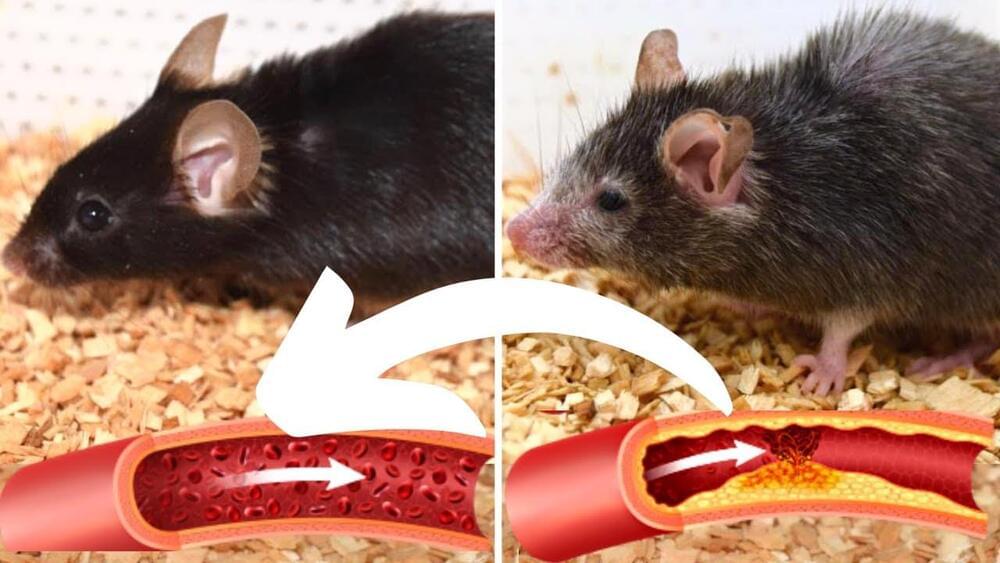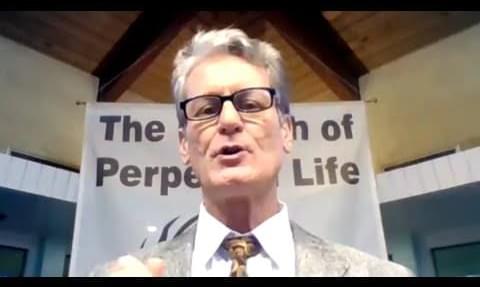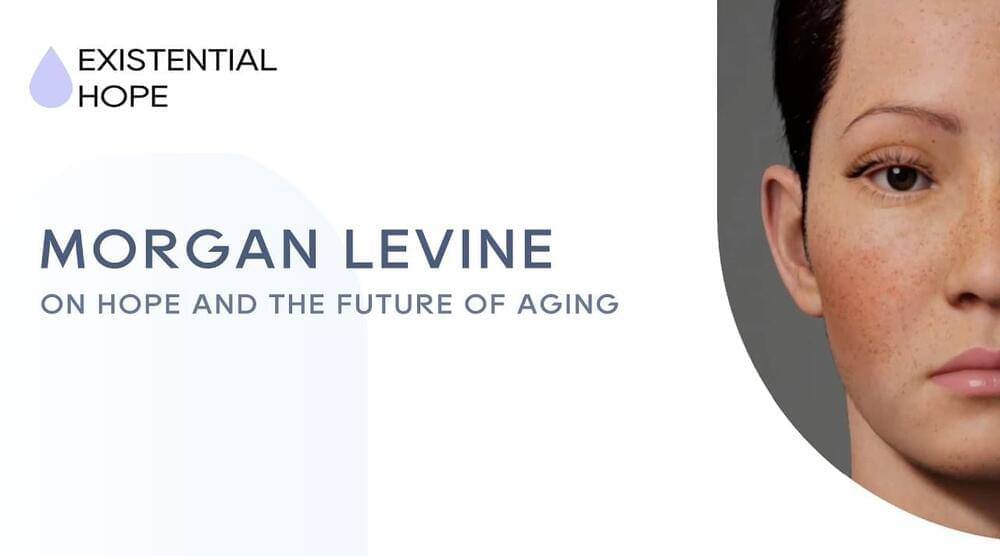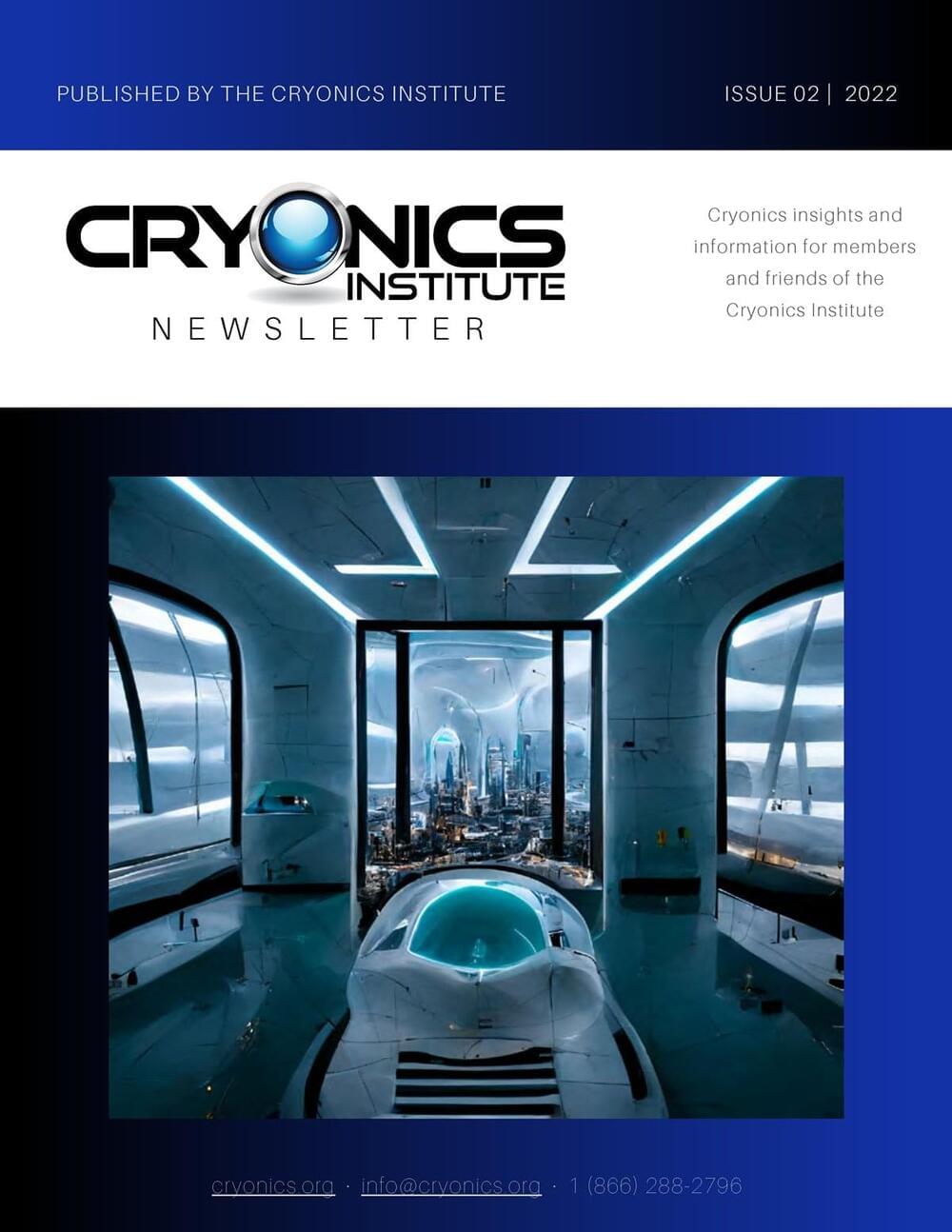Aug 30, 2022
Scientists have mapped the genetic code of the immortal jellyfish that can age in reverse after reaching adulthood
Posted by Josh Seeherman in categories: genetics, life extension
The T. dohrnii can turn itself from a full-grown jellyfish all the way back to its juvenile stage as a polyp on the seafloor.

















